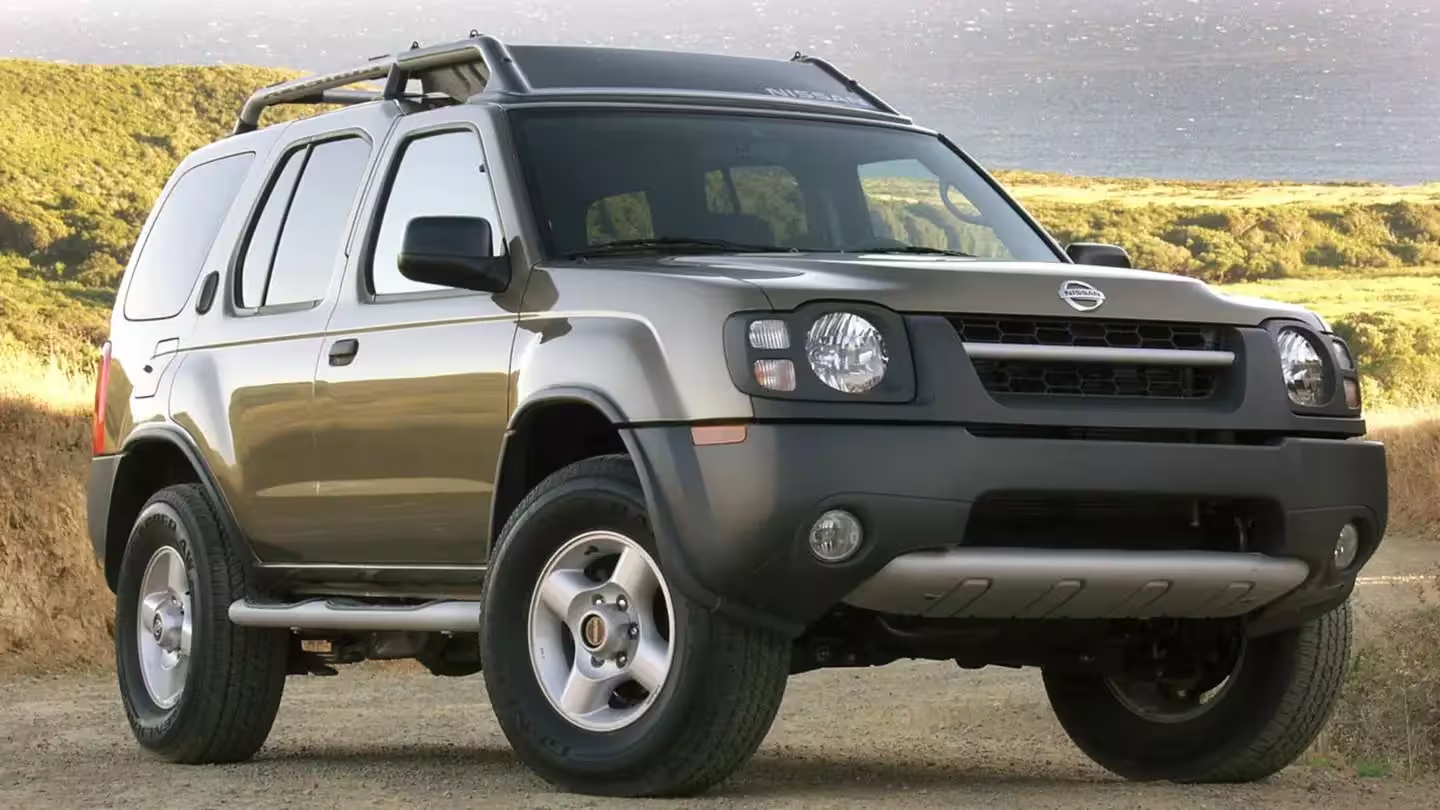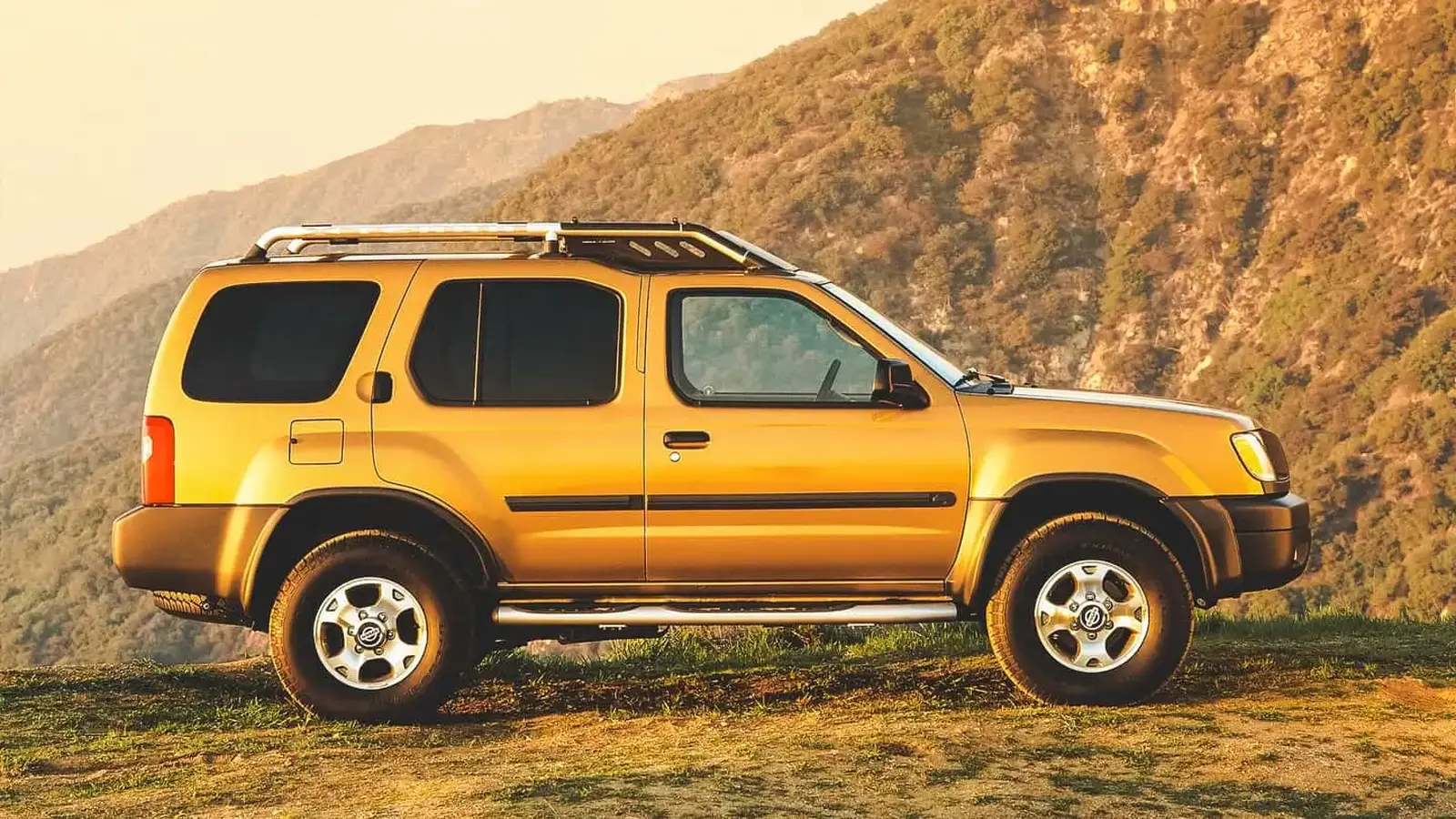4 Minutes
Nissan has confirmed plans to revive the Xterra nameplate, targeting a 2028 production start as it attempts to re-enter the profitable off-road SUV segment dominated by the Toyota 4Runner and Ford Bronco. The announcement came during a dealer conference in Las Vegas where Nissan outlined product priorities and teased several new models, including an updated Infiniti Q50 carrying the Z sports car’s 400-hp twin-turbo V6 and six-speed manual gearbox.
Design and Heritage
Originally launched in 1999, the Xterra built a reputation as a rugged, functional off-roader that complemented Nissan’s Pathfinder and Frontier lines. After two generations and a 16-year run, the model was discontinued in 2015. The reboot is expected to honor the Xterra’s utility-focused DNA—boxy, practical styling with off-road-ready geometry, roof-rack capability and cargo-minded interior features—while modernizing materials, tech and safety equipment to meet current market expectations.
Powertrain and Performance
Nissan is reportedly considering a V6 hybrid powertrain for the next Xterra, possibly incorporating a range-extender to enable short all-electric driving modes. That approach would put the Xterra closer to rivals offering hybrid choices: the Toyota 4Runner has a mild hybrid option with limited EV range, while Jeep’s Wrangler and Grand Cherokee offer the 4xe plug-in hybrid system for extended electric capability.
Expected Performance
With a V6 hybrid, expect improved low-end torque for trail climbing, better towing capacity compared with pure gasoline equivalents, and more competitive fuel economy. Specific horsepower, torque and electric-only range have not been disclosed, but Nissan’s engineering emphasis will likely balance trail capability with everyday drivability.
Specifications and Platform
Nissan plans to build the new Xterra at its Canton, Mississippi plant—the same factory that currently produces the Frontier pickup. This strongly suggests the Xterra will ride on a shared body-on-frame platform with the Frontier, retaining the structural advantages required for heavy-duty off-roading and towing.

Likely Specs
- Platform: Body-on-frame (shared with Nissan Frontier)
- Powertrain: V6 hybrid, possible range-extender or PHEV variant
- Drive: Available four-wheel-drive with off-road-focused systems
- Market positioning: Mid-priced, trail-capable SUV to rival 4Runner and Bronco
Market Positioning and Comparisons
The renewed Xterra is clearly aimed at filling a gap in Nissan’s U.S. portfolio between mainstream crossovers and larger SUVs like the Armada. Executives have signaled that adding an accessible, off-road-capable model is a strategic priority to round out Nissan’s lineup. Compared with the Toyota 4Runner, Ford Bronco and Jeep Wrangler 4xe, Nissan will need to deliver credible off-road hardware, competitive pricing, and available electrified drivetrains to win buyers in this growing, profitable niche.
Production, Timing and Company Strategy
At the Las Vegas dealer meeting, Nissan’s U.S. leadership emphasized improved product planning and putting the right cars in the right places—part of a broader recovery strategy after several challenging years and a failed merger attempt earlier this year. The company also announced plans to expand hybrid offerings in the U.S. and reintroduce the Leaf name as an affordable EV crossover.
What This Means for Buyers
For enthusiasts and buyers seeking a mid-priced, body-on-frame off-roader with modern electrified powertrains, the 2028 Xterra could offer a compelling alternative. Expect tough competition—Toyota’s 4Runner and Ford’s Bronco remain strong sellers—but Nissan’s plan to manufacture the Xterra alongside the Frontier gives it a production and cost advantage that could translate into competitive pricing and trim variety.
Source: motor1


Leave a Comment